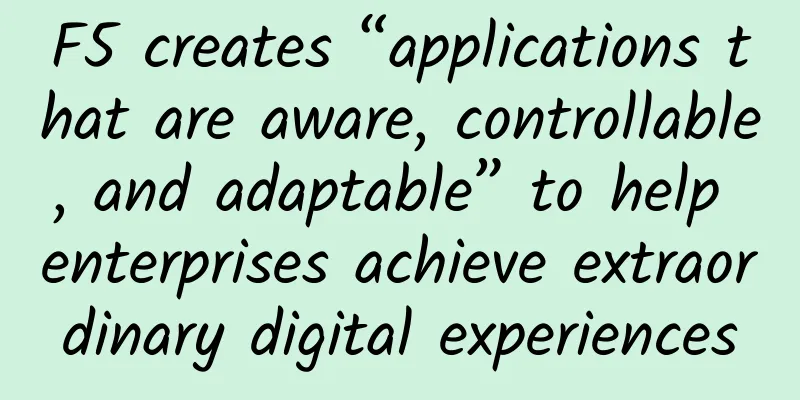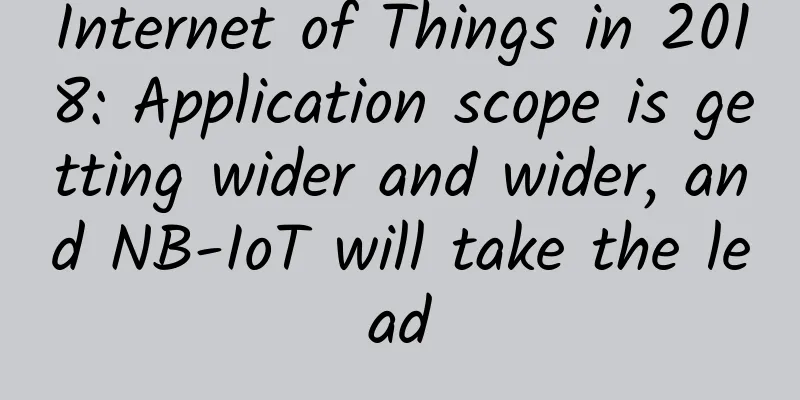Rethinking data center cabling practices to improve energy efficiency

|
According to a study by researchers from the U.S. Department of Energy, Carnegie Mellon University, Northwestern University and Stanford University, data centers in the United States consumed about 70 billion kilowatt-hours of electricity in 2014. While data centers consume a large amount of electricity to run servers, switches, directors, storage devices and other IT equipment, the study shows that if it weren't for the energy efficiency improvements in recent years, energy consumption in 2014 would have reached 110 billion kilowatt-hours. Today, the high level of attention paid to data center infrastructure operations has led engineers to design new products that offer higher performance and greater efficiency. While these innovative technologies play a key role in reducing the data center’s carbon footprint, they are only part of the equation in making data centers greener, and structured cabling is one area organizations may be overlooking when it comes to energy efficiency.
Data center cabling can be difficult to manage and can block the path of hot air. Therefore, data center managers must find ways to improve the efficiency of hot and cold air distribution. Here are some simple steps that can help data center managers do this. 1. Eliminate cable congestion Cable congestion is a common problem when cables are not managed effectively, which can cause a series of negative effects. First, cable congestion can prevent cold air from entering the equipment, causing hardware to overheat and possibly fail. Cable congestion can also prevent hot air from exiting the cabinet into the hot aisle and can cause hot air to spread into the cold aisle cooling system, wasting power while reducing cooling efficiency. IBM research shows that improvements to data center cabling infrastructure, such as eliminating cable congestion, can save 15% to 40% in energy costs. 2. Use smaller density cables To prevent cabinet congestion, enhance air flow, and promote more efficient cooling, cables with lower density are lighter and more flexible than bulky cables. 3. Rely on cable managers The main factors in building a more energy-efficient data center are: using horizontal and vertical cable managers to prevent airways from blocking equipment and simplifying the installation and connection of new equipment, including better management of longer cables, defining cable routing paths, and saving time during moves, adds and changes (MACs). 4. Install the blind plate By filling the extra cabinet space with blanking panels, the hot aisle is separated from the cold aisle. As a result, the mixing of hot and cold air is eliminated, which improves the utilization of electrical energy. 5. Limit the equipment in the cabinet Minimize the amount of Fibre Channel equipment and blanking panels in a single cabinet to limit the number of terminations. This reduces cabling and prevents it from blocking airflow in and around the cabinet. 6. Twisted cable Pre-terminated director trunks ensure superior performance because they are specifically designed to fit the Fibre Channel switching modules in today's leading director-class switches. Each connector is staggered to fit each port, eliminating cable slack and preventing cabinet blockage while enhancing airflow. Cabling infrastructure plays a critical but often overlooked role in the design of a data center, and by taking these steps, data center managers will not only pave the way for a more energy-efficient data center, but will also likely achieve a higher return on investment and improved total cost of ownership. |
>>: How to build a universal smart IoT gateway by reducing the data sampling rate
Recommend
As 5G technology matures, can it help accelerate the implementation of blockchain?
2019 has become the hot spot for the development ...
Operators are satisfied with 4G, what can they do after 5G is commercialized?
In the early stage of 4G development, the dividen...
Huawei CEO Ding Yun: Lighting up the future and releasing new value of connectivity
[Shenzhen, China, February 8, 2020] Today, at the...
Top 10 predictions for the telecommunications industry in 2017: 5G standardization deployment will take another 6 years
[[180050]] Telecoms.com has teamed up with mobile...
The United States will cut off China's Internet in a minute? This is a popular science article certified by the Chinese Academy of Sciences
Currently, there are only 13 root servers in the ...
[6.18] DediPath: $30/month-E3-1240v2, 16GB memory, 2TB hard disk, 1Gbps unlimited traffic/Los Angeles data center
DediPath launched a Father's Day Sale. Becaus...
HostYun: Korean/American VPS monthly payment starts from 16 yuan, Japanese/Hong Kong VPS monthly payment starts from 18 yuan, CN2 GIA/AS9929 and other lines
There are many businesses selling cheap VPS, but ...
What is bandwidth management?
Bandwidth management involves the strategic alloc...
Understand 5G in one article: Will it subvert the sky-high living costs?
When we were still accustomed to browsing the web...
Ministry of Industry and Information Technology: Build 30 5G fully connected factories in 10 key industries by 2023
[[375916]] On January 12, a reporter from Cover N...
The latest market analysis shows that Bluetooth is becoming an important driving force in the IoT industry
As early as several years ago, major market resea...
PacificRack July Promotion: Los Angeles KVM monthly payment starts at $1.5, 1G memory package annual payment starts at $12
PacificRack released several special products thi...
Can't tell the difference between Wi-Fi and WLAN? Stop confusing them
Usually, we connect to WiFi when we surf the Inte...
Can video ringtones become a phenomenal application in the 5G era?
The latest data: The number of video ringtone use...
Application and development of machine learning tools in data centers
At the beginning of the Internet, data centers we...









